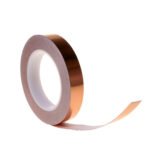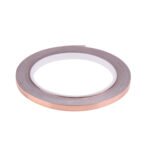Brass plate is an ancient and versatile metal material. Its unique properties make it widely used in various fields. Composed of an alloy of copper and zinc, brass plates not only play an important role in traditional craftsmanship, but are also favored in modern design and architecture.
First of all, the elegant appearance of brass sheets makes it the material of choice in the construction and decoration fields. Its unique golden color will gradually form a beautiful oxide film over time, showing a natural and unique texture. This allows brass plates to show a simple and elegant beauty in both indoor and outdoor decoration, which is favored by architects and designers.
Secondly, the electrically conductive properties of brass plates make them ideal for use in electrical and electronic fields. Copper is a good conductive metal, while brass is alloyed to add some hardness and corrosion resistance while maintaining excellent conductivity. Therefore, brass plates are often widely used in the manufacture of wires, connectors and electrical equipment.
In addition, brass plates also play an important role in the manufacturing of musical instruments. Due to its unique sound-conducting properties, brass is widely used to make wind instruments, tambourines, and other percussion instruments. Its soft tone and good vibration characteristics make brass plate a favorite material for instrument makers and musicians.
Although brass plates have existed in human civilization for thousands of years, their status in contemporary society is still irreplaceable. Whether in the fields of art, architecture, electrical or music, brass plates show their unique charm with their versatile properties. It is this combination of ancient and modern that makes brass plate an outstanding material worthy of in-depth study and appreciation.











